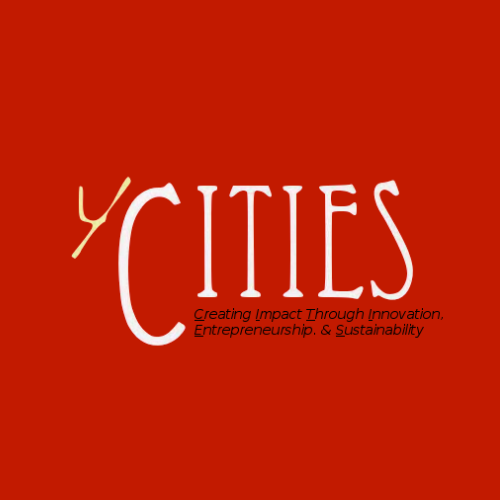The L3 Innovation Challenge entered its second leg this Wednesday as we continued to promote entrepreneurial problem-solving and thinking in a technology-centric world. We were once again hosted by Lab Central, a biotech lab facility and coworking space near Kendall Square and the high tech atmosphere was contagious as the various students gathered together for part 2 of our 7 week hackathon. As a recent resident in cambridge from my native South Africa it was truly amazing to get a chance to be a part of such an exciting and dynamic program. As an entrepreneur myself, the quality of mentorship and open style ‘learn by doing’ style was very true to the lessons you learn in thereal world.
After initial introductions we took the time to get to know the mentors assisting in this weeks activities and did a swift recap of the focus of this years L3 innovation challenge, specifically the manner in which technology and innovation can substantially improve the quality of life of the visually impaired. More specifically we had the opportunity to gain greater insight into the challenge via the case study of Sanibel, a 4 year old with low vision who is currently a patient at Boston Children’s Hospital. We spent time developing our observational skills as well as improving our empathy by watching several videos and a selection of pictures from Sanibel’s day to day activities.
Sanibel is challenged by a rare genetic mutation which has resulted in a low vision condition that requires a non-standard solution. By spending time understanding her challenges more fully we avoided the pitfall of diving right into the problem without being fully aware of the unique circumstances and actual realities of her condition. These first steps of observation and empathy were to ensure that we had a thorough understanding as well as creating familiarity with the problem for those who had no experience. Overall the class came up with some really insightful questions regarding the limitations and challenges that Sanibel faces on a daily basis and this led really well into the second part of the evening’s activities.
After a brief introduction to Liz Kong, we embarked on an anatomy lesson, of the human eye. It was a real hands on experience as we had the opportunity to visualise exactly how the eye works via dissection of a cow’s eye. With students split up into smaller groups we set out to dissect and identify the various components of the eye and directly relate what we discovered to what we had just learnt about Sanibel’s condition. Particular attention was paid to the retina as well as the macula and various levels of precision was observed across the tables, with everyone taking a chance to have to gain direct knowledge of this vital sensory organ. The energy in the room was electric as each table uncovered the various elements and components themselves that they had just been taught and after a quick cleanup we spent time walking through just how intricate and delicate the eye truly is, highlighting the challenges we would face in assisting Sanibel.
With our workstations all cleared up we moved onto the final leg of theevening, challenging assumptions. Here we discussed the manner in which assumptions that are held by people can significantly influence their approach to a problem and will inherently shape the solutions that they propose. One fantastic example revolved around Cheeto flavoured lip-balm with Liz Kong playing the role of devil’s advocate and pushing hard for it as a possible future product, despite any and all observations and challenges from the class. This point was further pushed as she had distributed free cheetos to the class minutes before pitching. In addition
to this we spent time discussing the importance of not holding too close to an idea or solution and being willing to pivot into a new market should your idea be better suited for a different application. A great example highlighted was that of bubble wrap which was initially sold as wallpaper before a final pivot into the packaging industry.
Overall we left the night with a new perspective on the challenge, a greater understanding of the unique parameters of Sanibel’s condition as well as some great examples of how innovation is not a linear path. The class is getting ready to really kick into gear and spend some time looking at some of the tools we will be using to come up with an innovative solution and I for one am looking forward to what we dream up!
